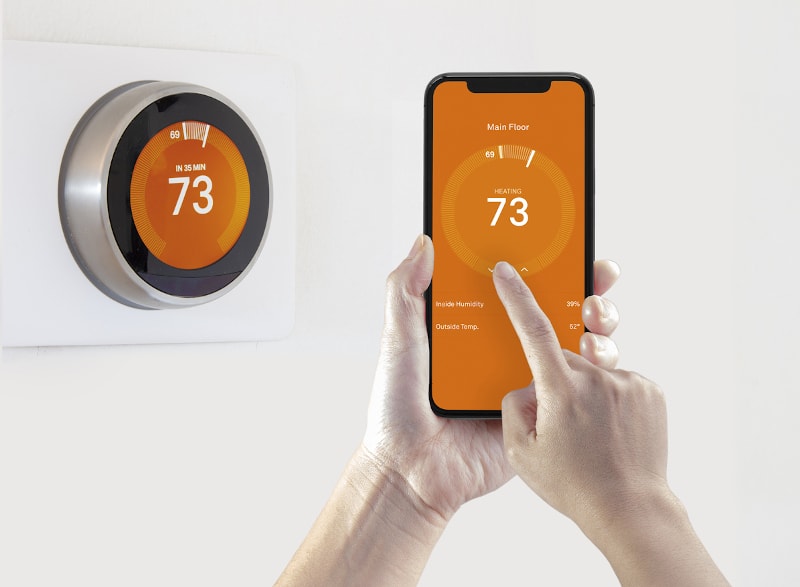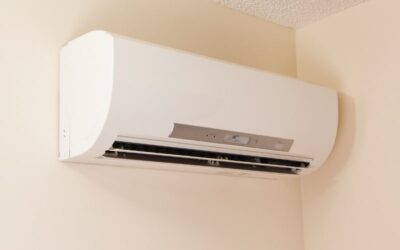A home automation system can integrate your home’s HVAC system and other devices to a central panel. The central panel allows you to access every system within your Clinton, NC, home remotely using your smartphone or computers. Here is a guide to your smart home automation.
What Is Home Automation?
This is the use of technology for connecting various home appliances and systems to enable automation of functions. For example, you can get alerts of gas and carbon leaks in your home with an automation system and prevent poisoning from low indoor air quality.
Which Feature Would You Like Most?
Rushing into home automation without determining what features matters most means you might run into all sorts of problems. Problems may range from gadgets not communicating or not connecting. Professionals can help plan and install to avoid these issues.
It is important to note that there are two types of automation options: the individual device connectivity and the service provider option. Service providers’ options may require a monthly fee, while personal device connectivity only requires a smart hub. There are three levels of home automation shown as follows:
- Automation: It involves complete automation of various home functions, such that one action leads to another. For instance, your smart thermostat adjusts settings when you arrive or leave the house to conserve energy.
- Control: It involves controlling your home remotely. For instance, you can turn on your heater or lights using an app on your smartphone.
- Monitoring: It is the most basic level of control that allows you to monitor your home remotely. For instance, you can check your home’s temperature or watch your security camera feeds using an app on your smartphone.
How Home Automation Works
For your automation to work, all the devices require a connection to communicate with each other. As the demand for home automation grows, companies have developed many smart home devices. The devices have different languages, which means that they aren’t always compatible with each other.
Therefore, you need devices that are either compatible with each other or integrate them using a central connecting hub. Several home automation network protocols connect devices, and they include:
- Wi-Fi: Many home automation hubs operate using Wi-Fi. It brings an internet connection to all internet-connecting home automation devices.
- Bluetooth: You have probably used Bluetooth on your smartphone to connect to headphones or speakers. It also allows home automation connections but requires close proximity of the devices.
- Z-Wave: The protocol allows devices to connect to it then to each other via the mesh network. The mesh network works by creating several points of Wi-Fi in your home.
- Zigbee: It also uses a mesh network and is famous for its long range and security.
- Insteon: It has a dual-band system that utilizes the radio frequency and existing power lines to communicate with devices.
What Can Home Automation Do?
Smart thermostats are among the most popular home automation devices and a great example of what automation does. They can learn your temperature preferences and your daily schedule, then automatically adjust. This automatic temperature adjustment relieves you from manually changing settings all the time.
For example, if you are away for work, the thermostat automatically adjusts temperatures to conserve energy until you get back. If you get back earlier than your usual time, the thermostat uses motion sensors to detect your presence and adjust accordingly.
Other home automation devices depend on actions. For instance, you may program the entryway or hallway lights to turn on whenever you unlock your front door. Other home automation includes:
- Water-detecting sensors that monitor temperature and moisture levels and alerts you
- Security cameras that detect lurkers and automatically start to record
- Automatic lights that turn on whenever you walk in a room and turns off whenever you leave
- Automatic locking doors
What Do You Need?
The first step to home automation is identifying your needs. There are many smart devices on the market, and it can be a daunting task to determine which one you need and what you don’t. Some of the questions to ask yourself include:
- Are you at home often? If you are always away, consider having a surveillance security system that monitors water and gas leakages.
- Do you have guests frequently? If you get guests regularly, consider installing smart door locks that do not need spare keys.
- Does your family place a lot of orders online? In case you have a lot of home deliveries, you can install a doorbell camera for notification.
Remember that the best home automation devices largely depend on your schedule and lifestyle. For more information about home automation, contact Cape Fear Air, Electric, & Plumbing.
Image provided by iStock




